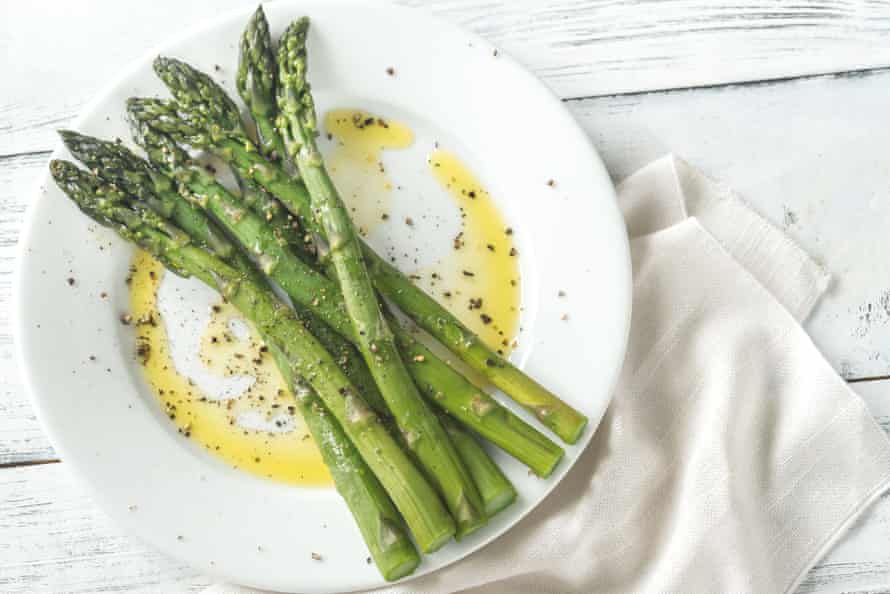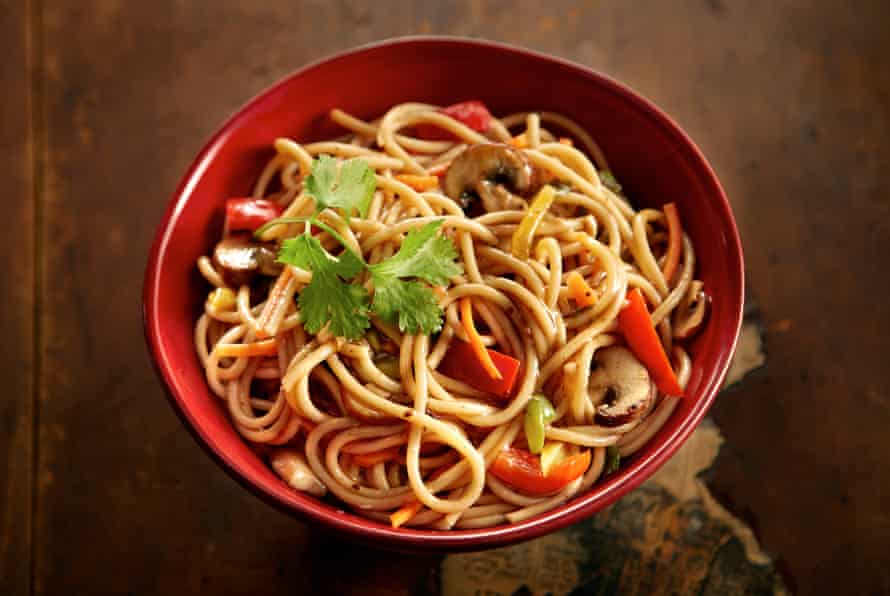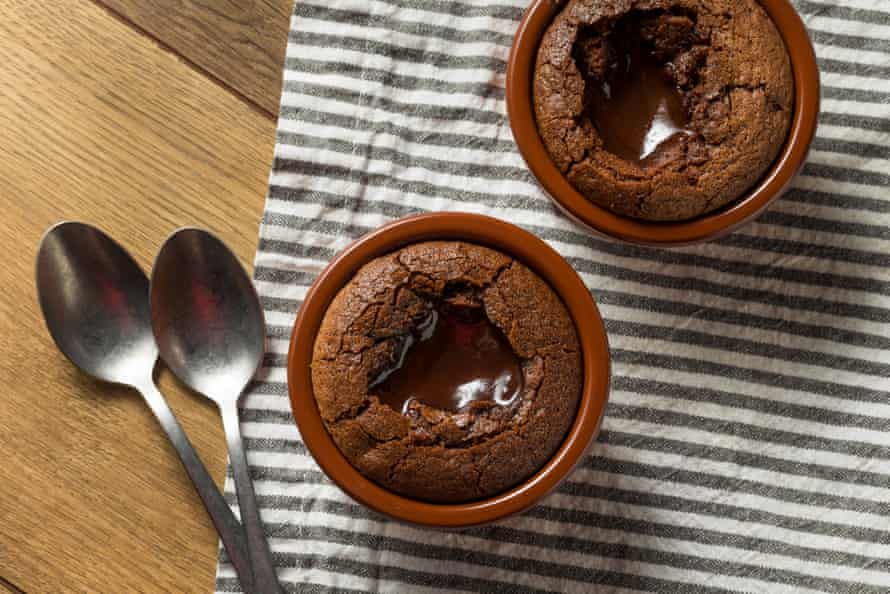They were once regarded as technological miracles – machines that allowed you to travel back in time to a moment when your cup of tea was still hot. But the microwave oven was destined to become a tool of convenience rather than necessity. That said, you don’t really notice how much you use a microwave until you don’t have one. When ours broke and my wife suddenly decided that the two extra square feet of worktop space was more valuable than a big electric box that softens butter, I was bereft.
This was partly because, unlike other common kitchen appliances, the microwave positively invites rash experimentation. You think: I wonder what would happen if I put this in there? One imagines many microwave hacks were invented in just this spirit: yes, it can melt chocolate, but it also dries out fresh breadcrumbs, ekes a bit more juice out of lemons and limes, and sterilises kitchen sponges, jam jars and garden soil.
Of course it is no particular hardship to produce meals without a microwave, but let’s look at it another way: how easy is it to cook if a microwave is the only thing you have? Yes, you can live off ready meals, popcorn, porridge, and spinach steamed in its own bag – but for how long? Here are 17 suggestions to help you get a bit more from your microwave.
You have probably tried scrambled eggs microwaved in a mug, and you have probably found them wanting, but you can poach eggs in a microwave to much better effect. All you need is a teacup, a plate, a bit of water and a dash of vinegar, which encourages the white to coagulate quickly. You will probably have to fiddle about with timings for your specific machine, so the first time you try it make sure you have more than one egg.

Like steaming spinach in the bag, steaming asparagus in damp kitchen roll in a microwave is not just convenient, it is actually preferable to many other methods (and I speak as someone who once tried to cook asparagus in a toaster).

Other vegetables may also benefit from similar treatment. Adam Liaw suggests microwaving aubergines instead of salting them to draw out moisture and reduce cooking time. Carrots will be perfectly tender after just a few minutes, ready to be tossed in fennel and honey butter. Heston Blumenthal would have you know that fennel is at its best after it’s been wrapped tightly in clingfilm and microwaved in short bursts , and he also braises shallots by much the same method.

It is possible to improve upon store bought microwaveable noodles by buying the fresh ingredients of a typical Thai noodle broth and microwaving the lot in a big bowl. According to the above recipe, you have to do the noodles separately, in another bowl, with boiling water from the kettle, but you could still produce this dish from scratch in your average car park attendant’s hut. Meanwhile, Jack Monroe has a recipe for vegetarian chilli made entirely in the microwave, in stages, with a little standing time in between each blast.
Cooking meat in a microwave can be an uphill struggle, but cooking fish is simple. Sea bass, for example, can be ready five minutes after you have put it in a shallow dish covered with clingfilm with some thyme, lime and chilli. You can also steam-zap fish such as cod, hake or, in this case, pollack in parcels, much as you would in a regular oven, only you have to use microwave-friendly greaseproof paper instead of foil.

Photograph: foodfolio/Alamy
Seafood risotto is another option. Making risotto in a microwave will strike a lot of people as a kind of heresy – if you’re not stirring, it ain’t risotto. But if you measure the liquid and the rice carefully this will come together in minutes without stirring. If you haven’t got risotto rice to hand, use basmati to create this microwave veggie biryani, which uses frozen assorted veg straight from the bag the way the former recipe uses frozen assorted seafood. Oh, the sheer, joyful sloth of it.
Most examples of microwave mug cakes have a whiff of desperation about them, but Pinch of Nom’s chocolate lava mug cakes look rather good. Dan Lepard’s steamed sponge pudding relies on an egg-rich, dry-ish batter to keep the whole thing from becoming what he describes as “a stodgy, airless mass”.
This fast lemon pudding is made in the microwave, although it requires you to purchase or otherwise procure some lemon curd. Jeremy Lee, however, has his own microwave curd recipe, in this case using seville oranges, but he says he used to do it with lemons. For Lee’s dessert, the resulting curd is poured into a baked pastry case, which, alas, calls for a real oven.

Finally, a cutting-edge microwave feat from 2003: stuffed profiteroles. Blumenthal is here channelling Nicholas Kurti, whom he describes as the father of molecular gastronomy. The pudding itself is a frozen, chocolate sorbet-coated profiterole with a hot fruit puree centre. It is not a microwave-only preparation – you will need to make the sorbet on the hob – but without a microwave it wouldn’t work at all. That’s because it is based on the idea that microwaves agitate liquid water molecules, thereby heating them up, while water ice is structured in such a way that the microwaves pass right through. The inside gets hot, but the outside stays frozen.
from Lifestyle | The Guardian https://ift.tt/38767MS
via IFTTT

comment 0 Comment
more_vert